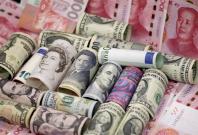 The US dollar fell across the board on Friday (Jan 27) as data showed the US economy expanded less than expected in the fourth quarter and the durable goods orders continued to fall against expectations of a rise.
The US dollar fell across the board on Friday (Jan 27) as data showed the US economy expanded less than expected in the fourth quarter and the durable goods orders continued to fall against expectations of a rise.
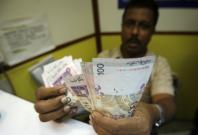 Singapore said the import and export price index too rose more than expected in December.
Singapore said the import and export price index too rose more than expected in December.
 The Philippine GDP growth moderated to 6.6% annually in the three months to December from 7% in the previous two quarters.
The Philippine GDP growth moderated to 6.6% annually in the three months to December from 7% in the previous two quarters.
 Local employment grew modestly in 2016 and foreign employment contracted, the labour ministry said in its report.
Local employment grew modestly in 2016 and foreign employment contracted, the labour ministry said in its report.
 Core inflation, excluding accommodation and private road transport stands at 1.2 percent.
Core inflation, excluding accommodation and private road transport stands at 1.2 percent.
 Analysts say a cooling property market can be one of the major threats to China's economy in 2017.
Analysts say a cooling property market can be one of the major threats to China's economy in 2017.
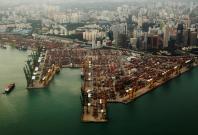 Non-oil domestic exports grow 9.4 percent, petrochemicals shipment jumps 28.5 percent.
Non-oil domestic exports grow 9.4 percent, petrochemicals shipment jumps 28.5 percent.
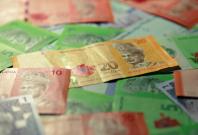 Bank Negara Governor Muhammad Ibrahim assures there are no plans to bring in capital controls.
Bank Negara Governor Muhammad Ibrahim assures there are no plans to bring in capital controls.
 Lighthizer now gets a second go at his anti-free trade crusade, with the theatre shifting to China and the Southeast Asia.
Lighthizer now gets a second go at his anti-free trade crusade, with the theatre shifting to China and the Southeast Asia.
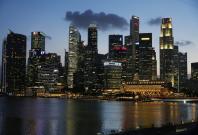 A sharp rebound in manufacturing and services helped GDP to expand 9.1 percent quarter on quarter.
A sharp rebound in manufacturing and services helped GDP to expand 9.1 percent quarter on quarter.
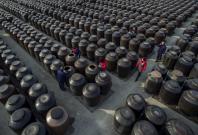 'Besides advanced technology and experience in management, China also need capital investment from overseas'
'Besides advanced technology and experience in management, China also need capital investment from overseas'
 The Malaysian ringgit, Thai baht and Indonesian rupiah have fallen against the US dollar this year.
The Malaysian ringgit, Thai baht and Indonesian rupiah have fallen against the US dollar this year.
 China's top leaders chose to stick to a "prudent and neutral" monetary policy in 2017.
China's top leaders chose to stick to a "prudent and neutral" monetary policy in 2017.
 The continued oil slump and the fall in current account surplus to 13-year lows also contribute to the ringgit's decline.
The continued oil slump and the fall in current account surplus to 13-year lows also contribute to the ringgit's decline.
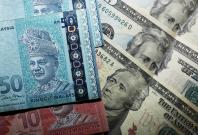 Analyst says currency's weakening has become inevitable as the Monetary Authority of Singapore (MAS) is set to start easing in April.
Analyst says currency's weakening has become inevitable as the Monetary Authority of Singapore (MAS) is set to start easing in April.















